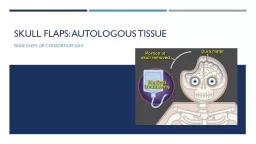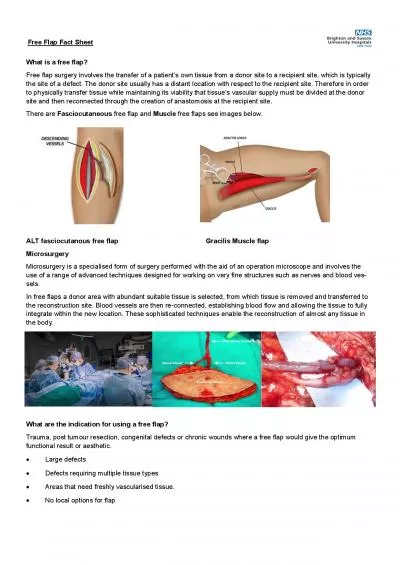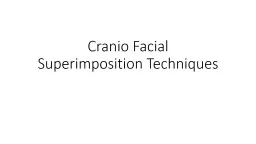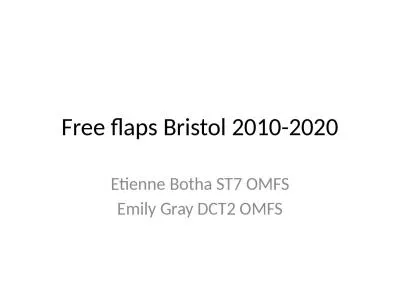PPT-Skull flaps: autologous tissue
Author : pamella-moone | Published Date : 2020-04-02
Paige klem Or consortium 2019 The Basics What does autologous mean Cells or tissues obtained from the same individual Reason for a skull flap Craniectomy
Presentation Embed Code
Download Presentation
Download Presentation The PPT/PDF document " Skull flaps: autologous tissue " is the property of its rightful owner. Permission is granted to download and print the materials on this website for personal, non-commercial use only, and to display it on your personal computer provided you do not modify the materials and that you retain all copyright notices contained in the materials. By downloading content from our website, you accept the terms of this agreement.
Skull flaps: autologous tissue : Transcript
Download Rules Of Document
" Skull flaps: autologous tissue "The content belongs to its owner. You may download and print it for personal use, without modification, and keep all copyright notices. By downloading, you agree to these terms.
Related Documents














